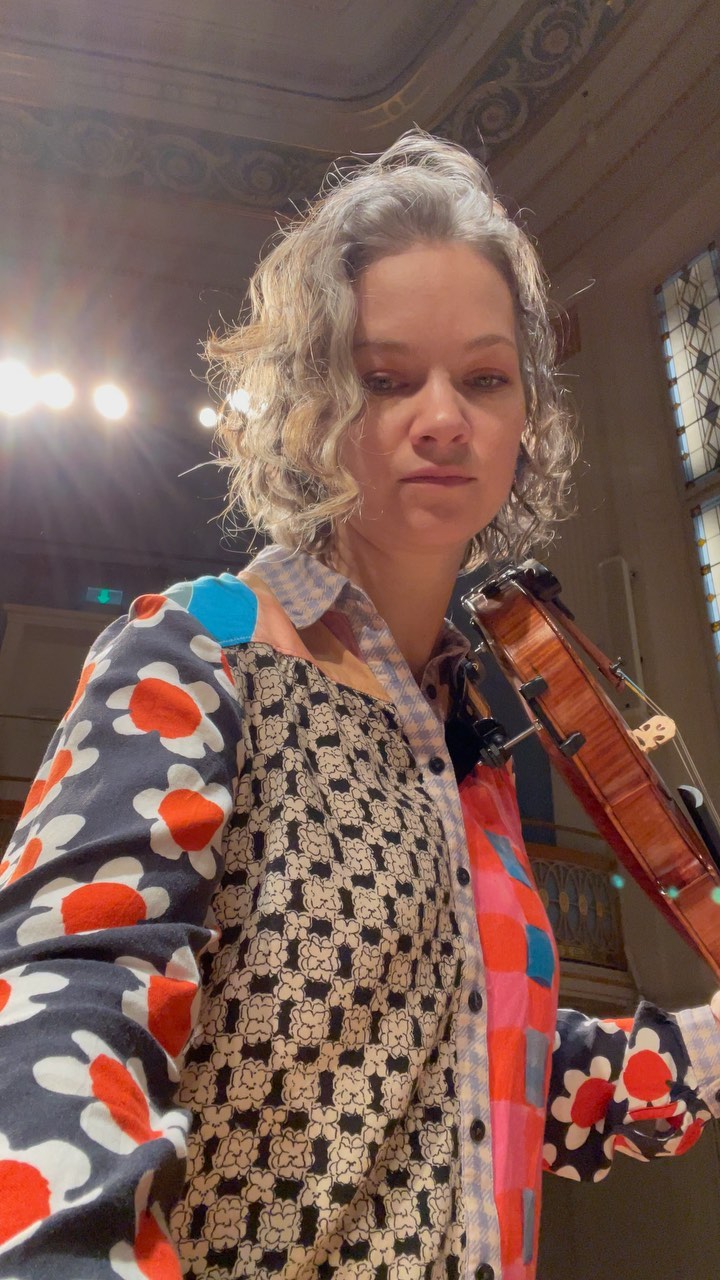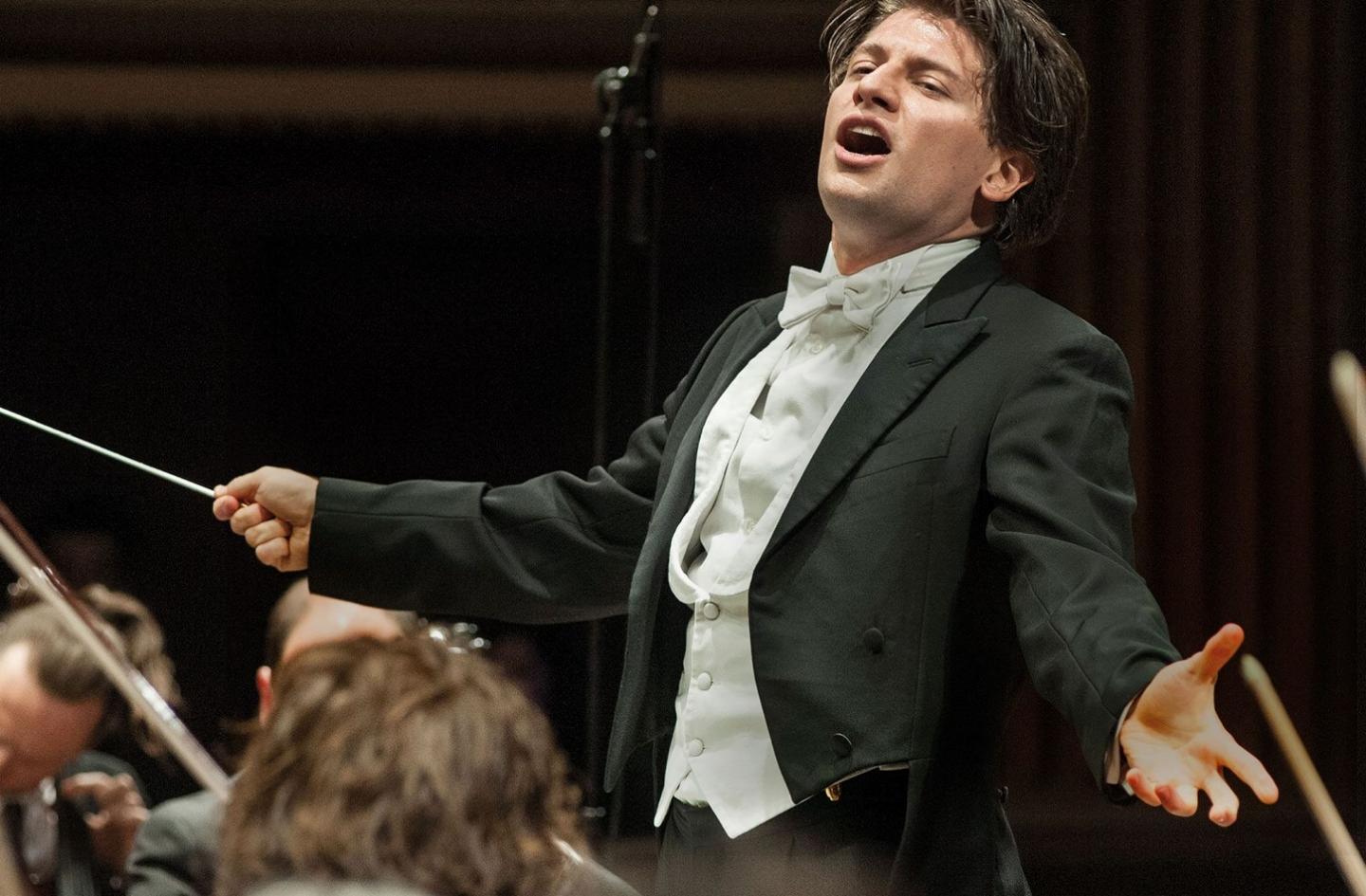Odd job for South Bank man
mainThe Philharmonia Orchestra has appointed Ben Larpent of the South Bank Centre to be its director of artistic planning.
The orchestra has a new chief executive, Alexander Van Ingen, and music drector, Santtu-Matias Rouvali. Why they should need an extra programmer is unclear.
Larpent, for the past ten years has been head of classical music at the Southbank Centre, where the profile of classical music has been in precipitate decline. If he fought for the artform, he lost.







Consider that in many cases the title of “director” is a vaunted appellation for what is merely a manager or coordinator. In other words, it’s a step down and you are correct, he lost the battle.
Cheer up, Norman.
Sounds like a great role. I’m sure lots of people are excited to have new creative blood at the top of one of our London orchestras.
“Director of Artistic Planning” (or “Administration”) is a very common job title in the U.S.
I don’t see what is so unusual here. The Chief Exec won’t be involved in programming decisions on the whole, so the Director of Artistic Planning will work with the Music Director on all the programming. That’s how it works in the US and elsewhere. Pretty good job with one of our best orchestras.
Eric writes: “The Chief Exec won’t be involved in programming decisions…in the US”.
The chief exec in the US is mainly involved in running the administration and fund-raising. European arts organisations usually have a very small administration that does very little of that kind of activity (and the London orchestras are run by the musicians). If the Chief Exec isn’t involved in programming decisions then there really isn’t much of a role for him/her.
Both of you are right.
Eric is right in saying that this us not an unusual position (and in observing that is a good job with one of the country’s best orchestras). At Philharmonia, the Artistic planner will work with a Principal Conductor rather than an MD, and the planner’s role is likely to involve many more concerts and a wider range of non-concert activity then the Principal Conductor might wish to have influence over.
Saxon Broken, you’re right that the Chief Exec is likely to be involved in programming decisions, but that may not mean spending every day working on the nuts and bolts of that. UK arts organisations do, however, need a Chief Executive who is very involved in running the administration and in fundraising. London orchestras may be ‘run by musicians’ but in practice this means the players act as a board, controlling the organisation at the top level and providing certain levels of decision making, but they devolve the day-to-day running to the administration, they don’t take this on directly.
It would be interesting to compare how many people are employed in their office compared to the number of musicians/players currently on the payroll….
This is very straightforward to do – UK orchestras generally include these details in their annual accounts, available to read freely online.
European arts organisations tend to have surprisingly small administrations compared to the US.